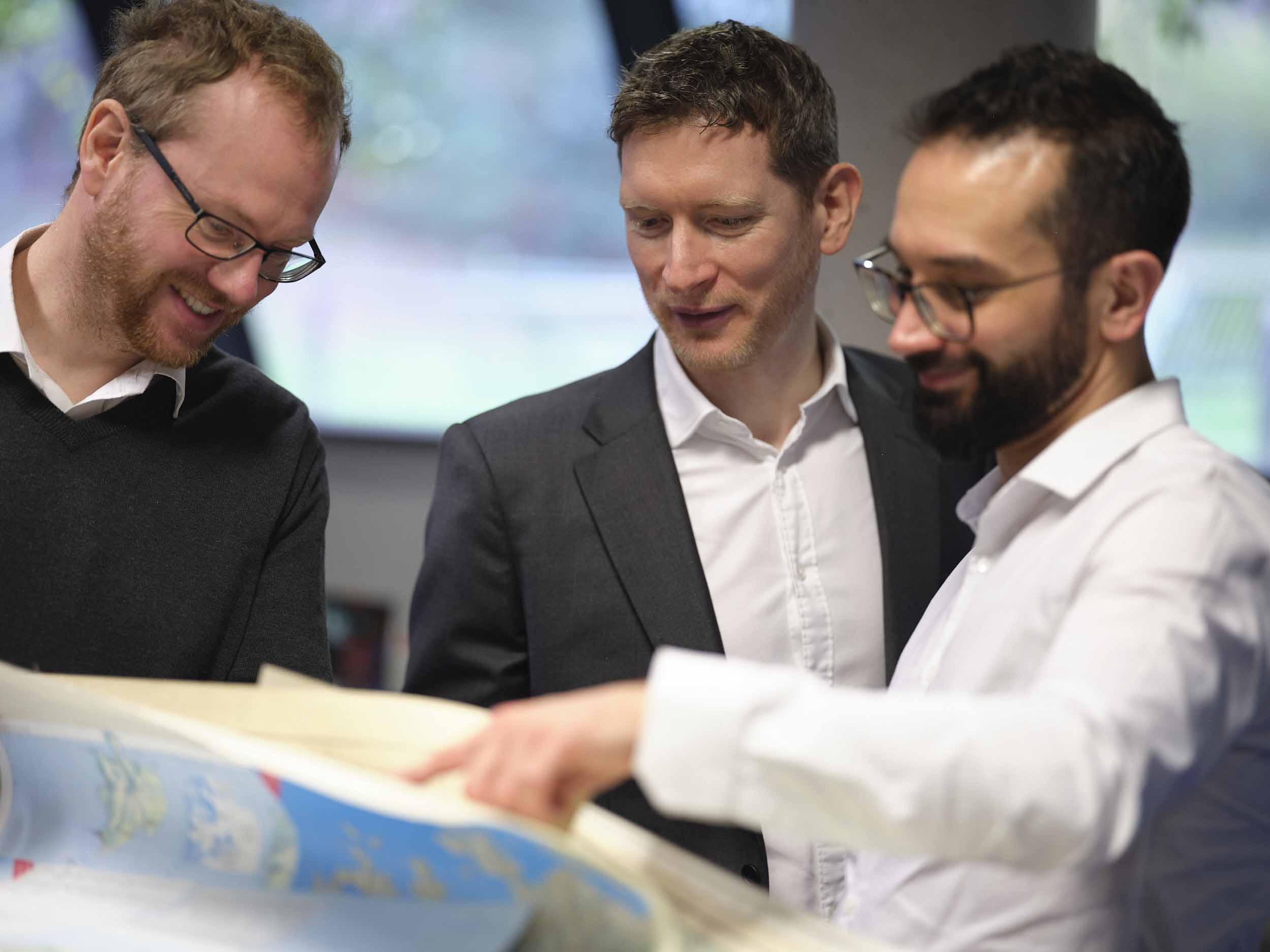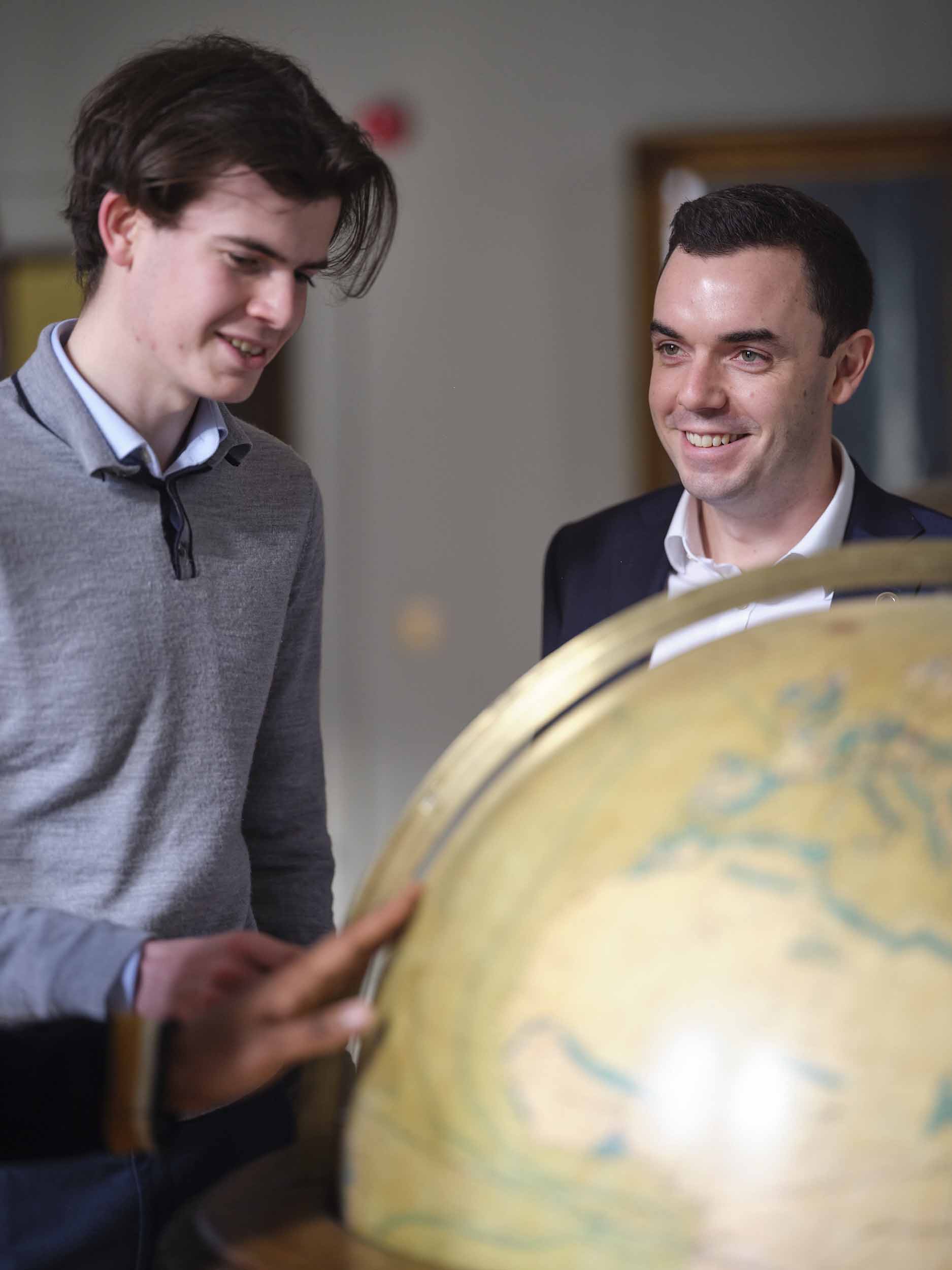How geospatial data is a game changer for rural property owners and risk mitigation
Patrick Dillon, Knight Frank’s Geospatial Analyst for Rural, explains how the innovative use of geospatial data is a game changer for rural property owners and their advisers looking to manage risk and plan for the future
4 minutes to read

Patrick Dillon, Knight Frank’s Geospatial Analyst for Rural
Having recently joined Knight Frank’s Analytics team, focusing on the environmental science side of geographic information systems (GIS), I find it fascinating to see how advances in technology enable our Rural Consultancy team to help rural landowners better deliver the three Ps, the theme of this edition of The Rural Report.
John Elkington, one of the greatest thought leaders in sustainability, coined the term the triple bottom line, or the three Ps, – People, Planet and Profit – of sustainable business in 1994.
In conjunction with the three Ps, geospatial analysis also helps rural businesses assess and mitigate risks. From my own experience working on rural estates in the UK and on my family farm in South Africa, I know that these are inherently complex, multifaceted and constantly changing.
Sometimes they are not even risks that would have been recognised as such just one generation ago. The UK government, for example, announced that climate reporting will be mandatory for the largest 1,300 companies as of April 2022. Looking at the trajectory of what needs to be done in order to meet our climate targets, I think we can assume that it won’t be long before all small businesses and companies across the UK will need to disclose more than just their bottom line.

People
Arguably, the most important part of our work is the human aspect. Understanding people, behaviours and population dynamics is what we and our clients need to do in order to stay ahead of the curve. Knowing what might change based on demographics and the social trends of society can have countless applications and benefits.
Our access to Experian’s Mosaic demographic dataset means we can map type, tenure, length of residency, age and household income at a property level. This can be used, for example, if an estate owner or farmer would like to see the potential social trends surrounding their land, in order to help inform the repurposing of a derelict farm building to a farm shop, pub, spa or cycling café. We can also show how many people might be using the surrounding footpaths, bridleways and roads, their ages and where they might be coming from.
You might know much of this through intuition, but the ability to visualise it and then inform on the best course of action based on our expertise will allow you confidence in your decisions.

Planet
Climate change and declining biodiversity levels make this the P of the moment for many rural businesses, especially now that the UK’s agricultural support regime is driven by the “public money for public goods” mantra.
The plethora of new data monitoring, reporting, biodiversity and environmental management platforms shows how important many of these technologies are for farmers and landowners across the country. I recently had a conversation with a farmer who said: “I think I’ve had a new satellite farm management platform pitched to me every day for a month.”
Our approach to the planet side of our work is to look realistically and pragmatically at the individual system under consideration based on the needs of the client. There are swathes of data available that can be combined in unique ways to show every aspect of a natural system or landscape. However, these all have issues, and they should not be oversold as is often the case. The systems under consideration are impossibly complex and risk potential misinterpretation when generalised.
We recently undertook a project aiming to identify potential sites for nature-based flood mitigation or rewilding within the River Aire catchment. This is a classic example of matching up “public money” with “public goods” by helping to identify landowners whose property can provide the “goods”.
Profit
Although the three Ps are inextricably connected, at the end of the day this is the bottom line that counts for most businesses. Enabling profit maximisation and providing the data and visual tools needed by our rural consultants to help you make the most informed decisions available is our main objective.
Examples include the farmer trying to navigate the countless debt traps and minefields of carbon offsetting with their impossibly long-term commitments and risk. Or the estate owner looking to the future, thinking of considerations such as inheritance taxes and political landscape and how they could influence land usage change.
An apparently simple, but in fact quite complex request we had recently was from Ed Mansel Lewis, Head of Knight Frank’s Viticulture team. Demand for land suitable for planting vines in the UK is rocketing and Ed needs to be able to help his clients identify the most profitable locations.
The Analytics team created an entire platform that combined soil, aspect and slope steepness data, alongside weather data that pinpoints suitable sites at the touch of a button. The people data I mentioned earlier also helps Ed’s clients boost profitability further by creating place-making initiatives around their vineyards.
A research team of data-centric thinkers from economics, engineering, and the natural and physical sciences supports Knight Frank’s rural consultants. With a deep desire to understand and model the human and physical environment using the latest analytical, geospatial and data science techniques, we solve cross-cutting industry problems where we believe our breadth of experience and expertise is uniquely positioned to develop solutions at the intersection of People, Planet and Profit.
For any queries please contact analytics@knightfrank.com